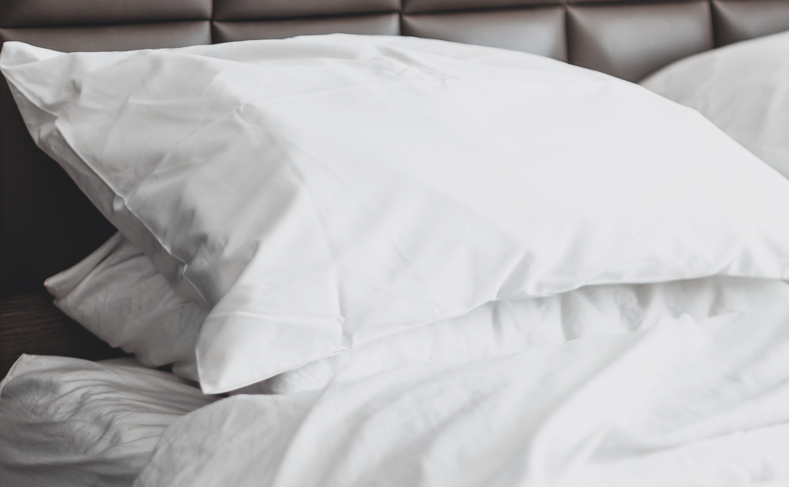A new device that can trigger and guide dreams may be able to help with memory and boost creativity
By Caitlin Finlay
If you’ve ever gone to sleep trying to trick your brain into dreaming of a Tahitian beach, you might be excited to hear that researchers at Massachusetts Institute of Technology (MIT) have created a new form of wearable tech that can influence your dreams.
Accessing the creative potential of dreams has long been a goal. Salvador Dalí, Thomas Edison, Nikola Tesla, and Edgar Allan Poe would access the early stage of sleep in which dreams can occur by holding a steel ball while napping—as they began to fall asleep and dream, the ball would crash to the floor and wake them, but they’d remember the contents of the dreams.
In an effort to create a similar effect, scientists at MIT’s Media Lab’s Fluid Interfaces have come up with Dormio, a hand-worn tracking device that works with an app to monitor heart rate, hand-muscle tone, and movement to assess the sleep stage of the wearer. Most dreaming occurs during rapid-eye-movement (REM) sleep, but some dreaming occurs as you begin to fall asleep in a sleep stage called hypnagogia. According to the National Institutes of Health (NIH), throughout the night, the body cycles between REM and non-REM sleep with three stages of non-REM sleep—hypnagogia, light sleep, and deep sleep. During hypnagogia, unlike during REM sleep, subjects are able to hear audio cues.
In a study later published in the journal Consciousness and Cognition, MIT researchers used a technique called targeted dream incubation (TDI), wherein they programmed the Dormio-associated app to repeat a pre-recorded audio prompt once the wearer had begun to fall asleep and entered the hypnagogia stage of semi-lucid dreaming. The study involved participants being frequently awakened during afternoon napping sessions. The participants recorded prompts such as “Remember to think of a tree” and “Remember to observe your thoughts.” The audio prompts provided a “guided dreaming” experience wherein 67% of participants would experience dreams that incorporated the prompted topic, although often with creative or bizarre outcomes: when prompted to dream of a tree, for example, participants reported dreams of tree roots, a tree from their childhood backyard, a tree-shaped car, and other dreams that included trees to varying extents. As the participants were awakened multiple times, they reported that dreams were increasingly bizarre with each awakening.
While further research is required, the ability to guide dreams may provide possibilities to help with memory consolidation, creative brainstorming, and language learning, and may offer therapeutic benefits such as addressing nightmares or Post-traumatic stress disorder (PTSD).
Photo: iStock/Cloud-Mine-Amsterdam.






